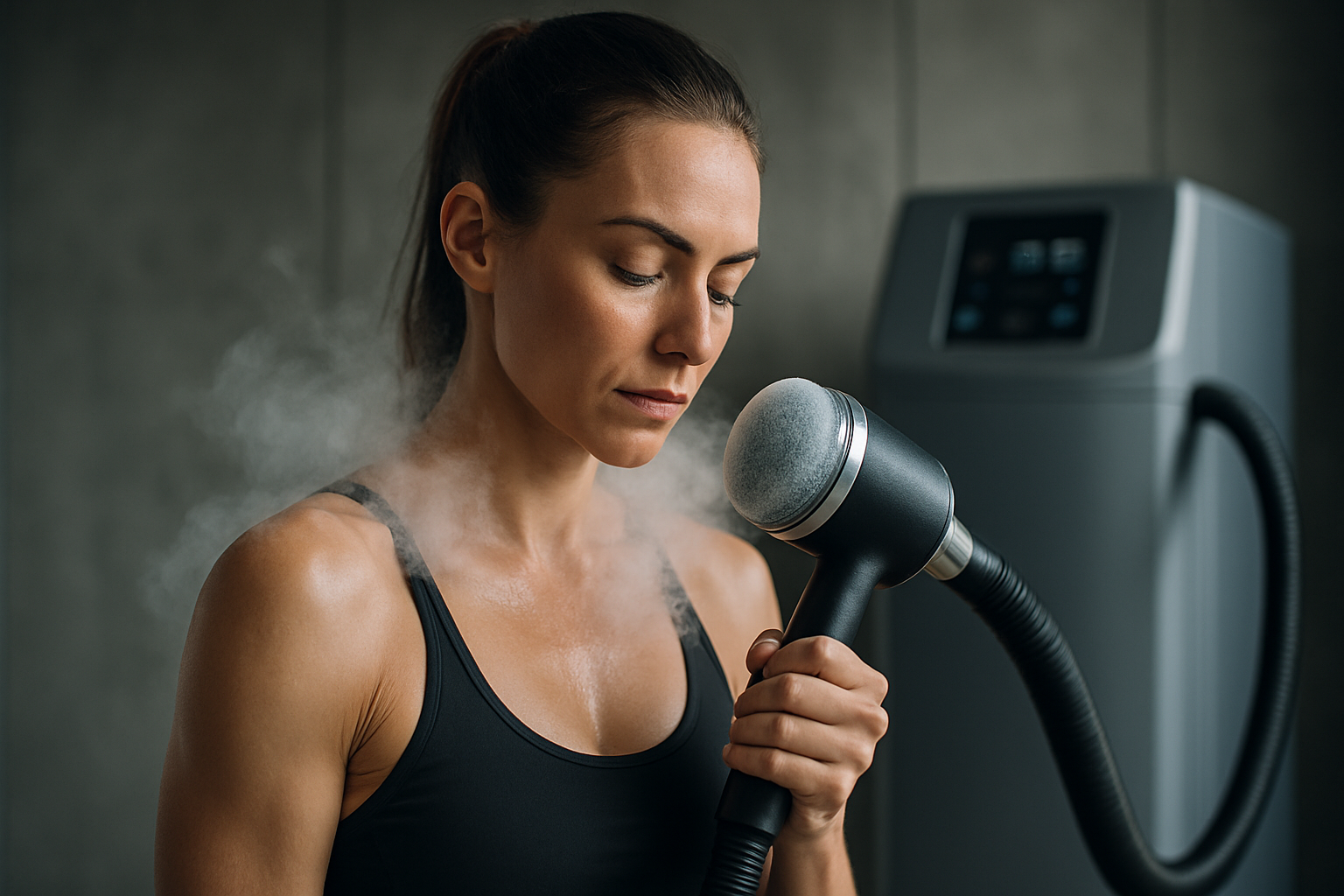Sleep patterns and their role in tissue healing and skin restoration
Sleep quality and timing influence how the body repairs tissues and restores skin. Consistent rest interacts with nutrition, hydration, exercise, and stress to shape recovery processes that affect muscle repair, collagen synthesis, and inflammation control.

Good sleep patterns create a biochemical environment that supports cellular repair and tissue remodeling. During regular periods of rest the body coordinates hormonal signals, cellular clearance, and protein synthesis that together promote recovery of skin and muscle. Over time, inconsistent sleep or fragmented rest can slow these processes, alter inflammation, and change measurable biomarkers of healing.
How sleep affects tissue healing and recovery
Sleep supports phases of physiological recovery that are important for tissue healing and overall recovery. Deep sleep is associated with increased release of repair-related hormones and with slower metabolic activity that enables protein synthesis, cell proliferation, and clearance of metabolic waste. For musculoskeletal injuries and post-exercise repair, consistent sleep helps maintain the balance between catabolic and anabolic processes, improving the conditions for muscle and connective tissue rebuilding without creating speculative guarantees about timelines.
Sleep, skin repair, and collagen production
Skin restoration is closely linked to nightly cycles of repair: collagen synthesis and extracellular matrix remodeling are more active when restorative sleep is maintained. Adequate sleep supports the signaling pathways that encourage fibroblast activity and peptide-mediated repair responses in the dermis, while poor sleep correlates with signs of impaired barrier function and delayed turnover. Complementary factors such as antioxidant status and micronutrient availability influence how effectively collagen and other structural proteins are produced.
Inflammation, circulation, and biomarkers during rest
Resting sleep patterns modulate inflammation and circulation, both of which affect healing speed. Sufficient sleep tends to favor a more regulated inflammatory response and improved microcirculation, which supports delivery of oxygen and nutrients to damaged tissue. Clinical biomarkers often used to study recovery include inflammatory cytokines and acute-phase proteins; these measures can shift with chronic sleep disruption, reflecting altered repair dynamics without implying specific medical outcomes.
Nutrition, micronutrients, and antioxidants for repair
Nutrition provides the building blocks for tissue healing: dietary protein supplies amino acids for muscle and collagen; micronutrients such as vitamin C, zinc, and iron contribute to enzymatic steps in repair; and antioxidants reduce oxidative stress that can otherwise slow regeneration. Meal timing and composition around sleep and exercise can influence recovery efficiency, so aligning nutrient intake with rest periods helps support natural repair processes without promising a single dietary shortcut.
Hydration, exercise, muscle repair, and routine
Hydration and routine physical activity interact with sleep to shape tissue repair. Proper fluid balance maintains tissue pliability and supports circulation, while exercise stimulates adaptive repair signals in muscle and connective tissue. Recovery routines that combine progressive exercise load, consistent sleep timing, and adequate hydration allow repair mechanisms to operate predictably, reducing extended inflammation and supporting structural restoration over time.
Stress, sleep patterns, and strategies to improve healing
Chronic stress affects sleep architecture and can prolong inflammatory responses that interfere with healing. Managing stress through behavioral strategies—consistent sleep schedules, minimizing late-night screens, moderate daytime activity, and nutrition that supports blood sugar stability—can improve sleep quality and thereby support recovery. Where sleep disturbances or injury complications persist, consult qualified healthcare providers for tailored assessment and treatment.
This article is for informational purposes only and should not be considered medical advice. Please consult a qualified healthcare professional for personalized guidance and treatment.
Regular sleep, paired with balanced nutrition, hydration, measured exercise, and stress management, forms an integrated framework for tissue healing and skin restoration. While individual results vary and depend on injury severity, age, and underlying health, maintaining a consistent rest routine and supporting it with appropriate nutrients and recovery practices creates favorable conditions for the body’s intrinsic repair systems to function.





